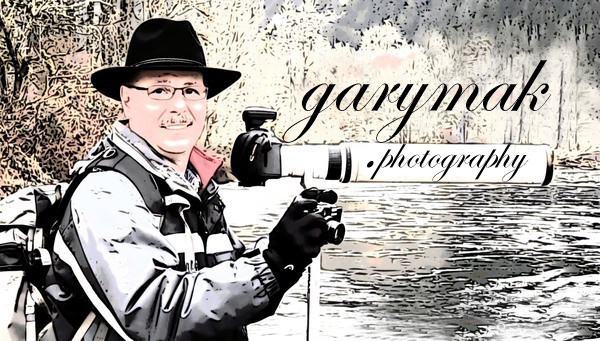Have Camera, Will Travel
I’ve been carrying a camera around with me since I was a kid (somehow they seemed smaller and lighter back then) and continue to grow and learn about photography, cameras and myself. My first camera was a Brownie Hawkeye.
As a photographer who grew up on film, I consider a well-taken photograph in the camera to be the ultimate objective, and post-processing mainly for correction, enhancement or tweaking emphasis.
Having said that, however, except for “snapshots,” film photography has never really been just about composing a shot and snapping the shutter (hence the term.) It has always included other aspects and considerations. Whether in the choice of film, types of film processing, selection of photo paper, or – as no lesser god than Ansel Adams would do in the darkroom – utilizing all kinds of dodging, burning and other techniques, photographers strived to bring out in the final photo what was in our mind’s eye when we originally took the photograph. (Remember, Ansel Adams didn’t just click the shutter button and pop out “Moonrise Over Hernandez”.) It was just a lot harder back in film days, and we didn’t have as many options. The digital age has given us all those capabilities – and almost limitless additional possibilities as well – at our fingertips. It’s wonderful. It’s much easier sitting at a desk working with images on a huge color monitor with a cup of tea (or glass of wine, depending on the time of day) than hunched over in an isolated darkroom filled with chemical vapors… Been there. Done that. Thank you. I’m done.
However, as a result of all this marvelous, easy, click-of-the-mouse technological capability, there seems to be a new kind of thinking developing today about photography – slowly and unconsciously in many ways – and perhaps more so in younger photographers who don’t have a film background, that taking a photograph is just for use later as raw material for post-processing into an art piece. What comes out at the other end of post-processing is certainly “art,” no question. But at what point does it cease being “photography” then? Good question. There’s no one answer and photographers can respectfully and intellectually discuss this for years to come. For me, I shall take the approach that United States Supreme Court Justice Potter Stewart famously used to describe his threshold test (for obscenity) in a 1964 case when he said, “I won’t attempt to further define it… but I know it when I see it.”
Although I am available for special projects in the Seattle area, this site is not a commercial site per se, but rather, a pet project to showcase some of my favorite photographs and, frankly, give me impetus to work on digitizing works from the slide and film era that desperately need to see the light of digital day.
I appreciate constructive comments on the photographs – likes and dislikes – but, please, save any rants and venom or political commentary for your elected officials; I’m just the photographer…
-garymak


Recent Comments